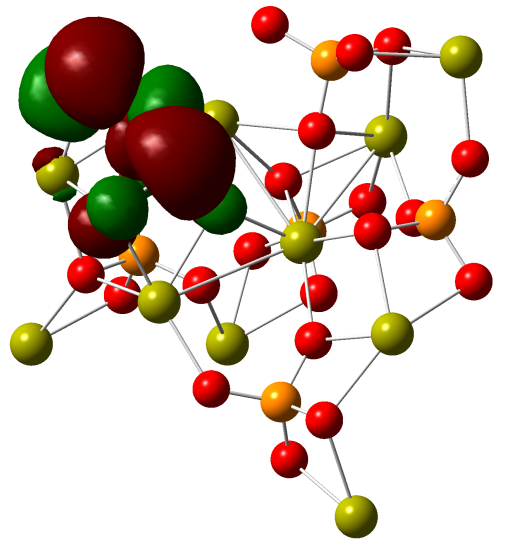Interaction of hydroxyapatite and chitosan with gentamicin and their antimicrobial activities: DFT and molecular docking approach
Keywords:
Hydroxyapatite, Chitosan, Gentamicin, Protein AAbstract
Motivated by the potential use of hydroxyapatite and chitosan as drug delivery systems for the antibiotic gentamicin in the coating of metal implants, a theoretical study was conducted to investigate the interaction mechanisms among these three compounds, assess the stability of the resulting coating, and evaluate the inhibitory potential of chitosan and gentamicin against Protein A from Staphylococcus aureus. The results of this study demonstrate that hydroxyapatite, chitosan, and gentamicin exhibit a low HOMO-LUMO energy gap, indicating that electron transfer between their molecular orbitals can occur readily due to the molecules’ structural flexibility. Additionally, chitosan shows a stronger binding affinity for gentamicin than hydroxyapatite, and both chitosan and gentamicin display a significant inhibitory effect against Protein A. Two theoretical approaches were employed: density functional theory using the B3LYP functional (Becke’s three-parameter hybrid functional combined with the LYP correlation functional) and the 3-21G basis set, as well as a molecular docking study using the MOE software (version 2015). The docking simulations generated 30 binding poses, which were evaluated using the London dG scoring function and refined twice using the Triangle Matcher placement method.

Published
How to Cite
Issue
Section
Copyright (c) 2025 Nassima Bou-ydia, Ben-issa El miraoui, Latifa Laallam, Ahmed Jouaiti

This work is licensed under a Creative Commons Attribution 4.0 International License.






